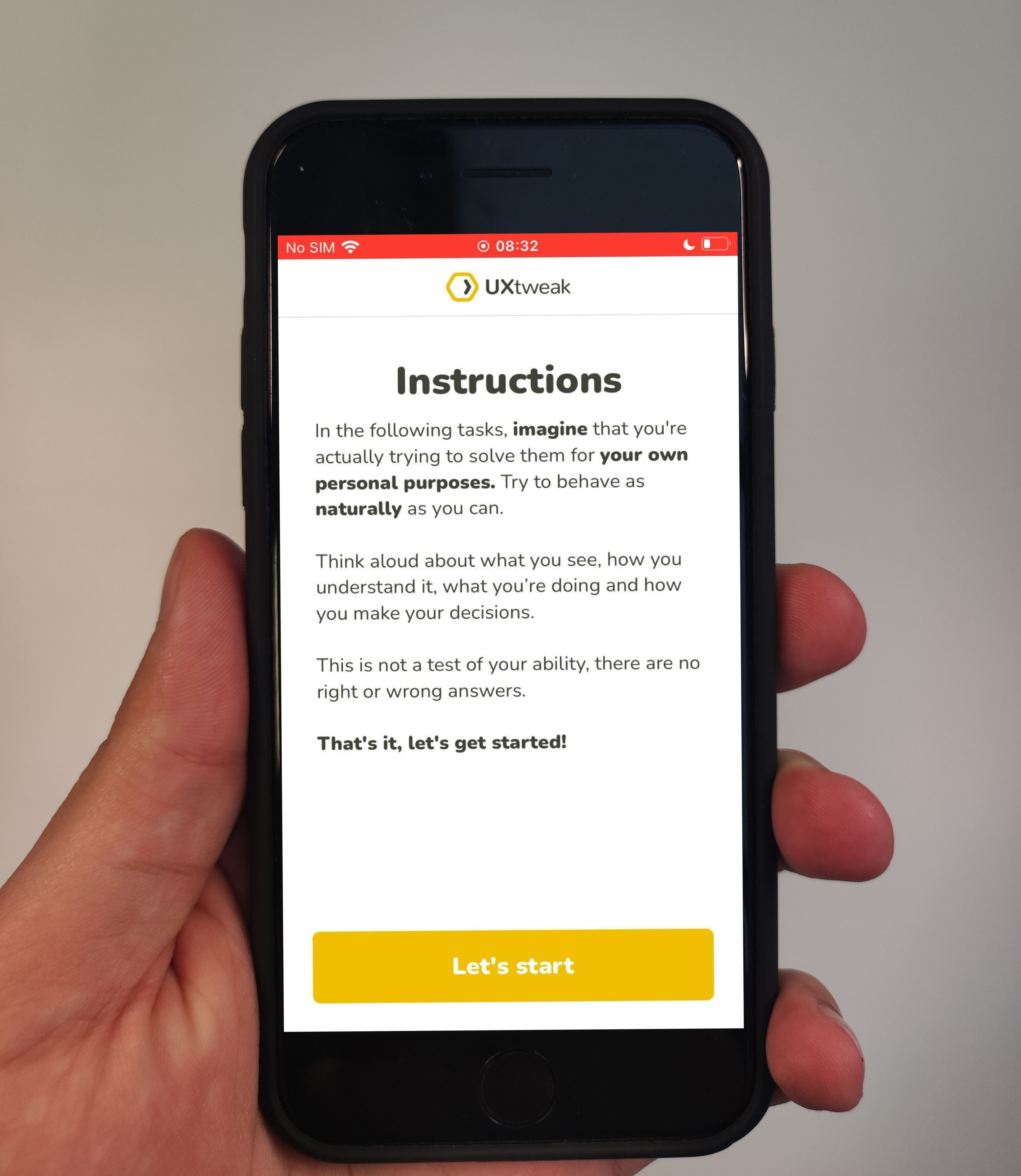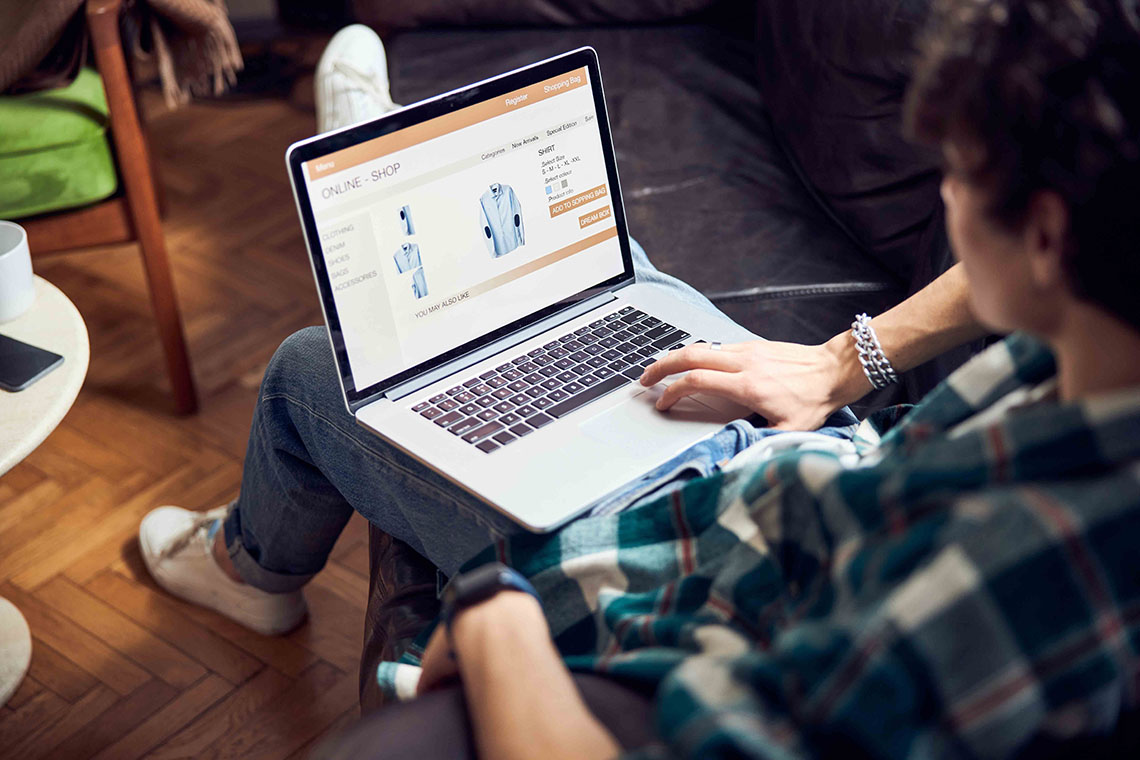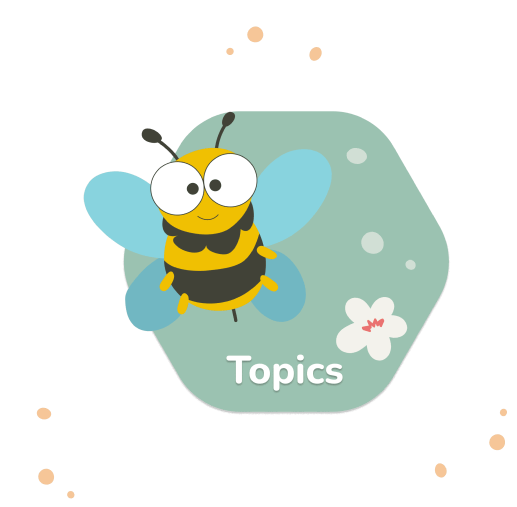We already know that product discovery is an essential step for a successful design and development process. However, how to conduct product discovery in a way that’s effective and actually brings in valuable insights? Let’s take a look at some of the main product discovery methods that can help you with developing and validating potential solutions for your product.
There are different product discovery methods for different stages of the process
As the product discovery process includes various stages, it’s important to mention that different techniques are used in the different stages of the process.
Let’s recap what the product discovery process looks like:
- Learn about your users
- Define the problem
- Generate & prioritize ideas
- Prototype & Test
- Refine
Each stage has its own unique goal and, therefore, requires a different set of tools and techniques to achieve it. Let’s take a look at some of the most popular product discovery methods for each of the stages.
What are the top product discovery methods and techniques?
For learning about your users

1. Product analytics
Product analytics tools are used by teams mostly after the launch of the product itself. They enable to track and monitor user engagement with your product, analyze specific interactions, and collect valuable quantitative metrics.
In terms of product discovery, these tools can help when you’re introducing a new feature or any other crucial changes to an already existing product. They help to gather enough data to inform future design decisions and better understand how users perceive the product. These can also be helpful as a way to validate user research data collected during surveys or interviews.
For example, let’s say your product team has recently introduced a new feature within your app, but it’s not really used as expected or at all. You conduct a couple of user interviews to understand the problem better and find out its causes. Turns out, users think it’s too confusing and not very useful.
To validate these findings, you can utilize product analytics tools to:
- Track user interactions
- Analyze engagement metrics
- Generate heatmaps and watch user session replays
- Conduct A/B tests
2. Exploratory surveys
Exploratory surveys are your regular surveys conducted at the early stages of product discovery with the goal to understand users’ needs and problems better. They often include a mixture of different question types and are designed to uncover various aspects of user behavior, preferences, and perceptions.
The questions are mostly open ended and are written in a way that encourages users to share their honest opinions and provide meaningful insights. With the data collected in such surveys product teams are able to understand better what problems their target audience faces and what kind of solutions would be helpful for them.
Here are some examples of exploratory survey questions:
- “What challenges do you face when [performing a specific task with the product]?”
- “How often do you [perform a specific task or use a specific product]? What usually prompts you to do so?”
- “How do you feel when you encounter [a particular problem or situation related to the product]?”
3. Interviews
Interviews are the go-to method in product discovery, especially in its early stages. They make it easy to empathize with your audience and put yourself in their shoes.
The biggest benefit of this product discovery method is that it allows for a 1:1 conversation with the customer, giving you an ability to ask follow up questions and talk to them like you would to a friend. This helps to understand their problems a lot better and gain context on their statements, which is a lot harder to do in surveys, for example.
Although interviews can be a bit more complicated to perform in terms of resources, they are totally worth it. Here’s what Caitlin D. Sullivan, a Product Discovery Specialist says about them:
For defining the problem

4. The 5 Whys
The 5 Whys method is a simple yet powerful product discovery technique that helps teams uncover the root of the problem faster and more effectively. The ideas is to ask the question “Why” five times in a row to break down the problem into symptoms and reveal what caused it in the first place.
It’s based on the idea that the first answer to “Why?” often only scratches the surface of an issue.
Here’s an example of the 5 Whys method in action:
Let’s say a mobile app has noticed a significant drop in user engagement with a newly launched feature.
Problem Statement: Users are not engaging with the new feature.
- Why are users not engaging with the new feature? (Answer: The feature is hidden in a submenu, making it difficult to find.)
- Why is the feature hidden in a submenu? (Answer: The design team wanted to keep the main navigation menu uncluttered.)
- Why did the design team want to keep the main navigation menu uncluttered? (Answer: There were concerns that too many options would overwhelm users.)
- Why were there concerns that too many options would overwhelm users? (Answer: Past user feedback indicated confusion with too many menu options.)
- Why did past user feedback indicate confusion with too many menu options? (Answer: There was a lack of clear categorization and hierarchy in previous menu designs.)
Now that we know the cause of the problem, the team can start coming up with solutions to it. In that case, they’d probably need to look into the ways of creating a more intuitive navigation structure for their product. To help with that they can utilize a card sorting tool and a tree testing tool to get a better understanding of how users expect the content to be organized.
5. Competitor analysis
Competitor analysis is an important tool in product discovery as a whole, but especially when it comes to defining the problem and generating solutions. It’s a great method to help you understand how competitors are tackling the same problems and what are the downsides of their solutions.
By analyzing all of this information you are able to come up with more innovative ideas that will include all the advantages of the competitors’ solutions and more, making them unique and desired by the target users.
You can conduct this type of analysis by just registering to use their product, analyzing user journeys and pinpointing areas that stand out (both in a good and bad way). Additionally, we recommend conducting Competitive Usability Tests to better understand how users interact with the competitor’s product.
6. Empathy mapping
Empathy mapping and other forms of experience mapping will also be of great help at this stage as they allow us to deeply empathize with users and understand the hidden roots of their problems. Visualizing what users say, think, do, and feel about a problem helps to build a shared understanding of how potential solutions could look like.
Empathy mapping is a quick and cheap way to understand your users. You don’t even need any specialized software to build it, a sheet of paper will be enough. And with all the information gathered earlier through user research you’ll be able to draw a comprehensive overview of everything your users do, think and feel when interacting with the product.
For prioritizing ideas
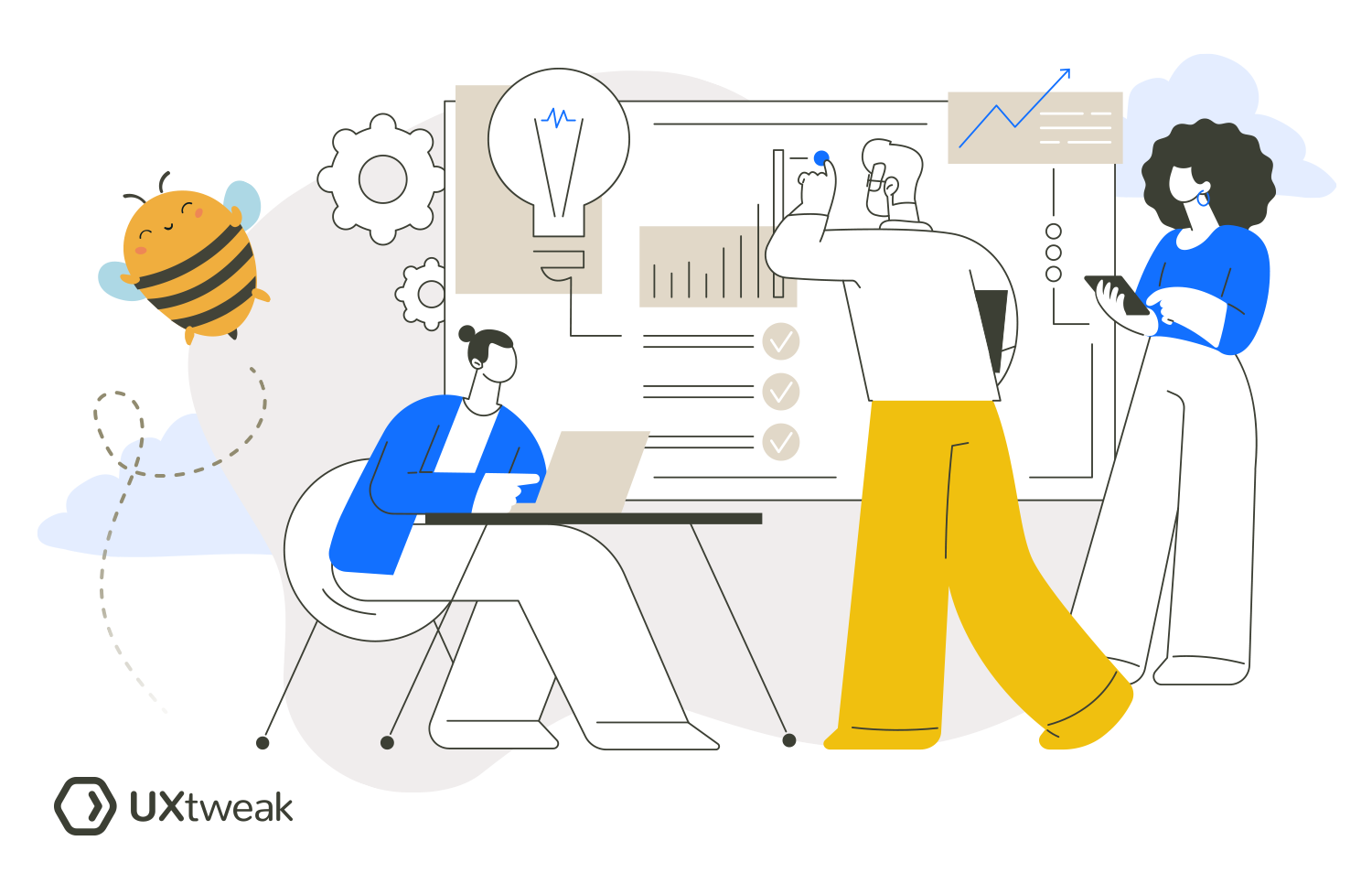
7. Brainstorming sessions
Brainstorming sessions are group activities that help teams to generate a big amount of ideas in the short time span. The number of participants in your brainstorms should be around 6-10 people.
The key idea of these sessions is that they should include a diverse range of roles. Invite product managers, researchers and designers, developers, customer support and whoever else you think could help. This will help to uncover different perspectives and ways of thinking about the same problem, therefore, generating more innovative solutions.
Make sure that you encourage people to vocalize even the ideas they don’t feel confident about. The goal in brainstorms is to write down all ideas that come to mind and then progressively narrow down those idea lists by prioritizing the most promising ones.
8. Prioritization techniques
Another way to narrow down your list of ideas is to use some of the established prioritization techniques. By rating each solution according to the specific criteria they help to choose the ones that are most promising and deserve a try first.
Some of the prioritization techniques you can use are:
MoSCoW Method: categorizes solutions into 4 groups
- Must-Haves: Essential features without which the product cannot function.
- Should-Haves: Important but not critical.
- Could-Haves: Desirable but not necessary.
- Won’t-Haves: Lowest priority or to be considered in the future
RICE Scoring: rates solutions based on 4 criteria
- Reach: How many users will a feature impact?
- Impact: How much will it affect each user?
- Confidence: How confident are you in your estimates?
- Effort: How much work is required to implement it?
For prototyping and testing
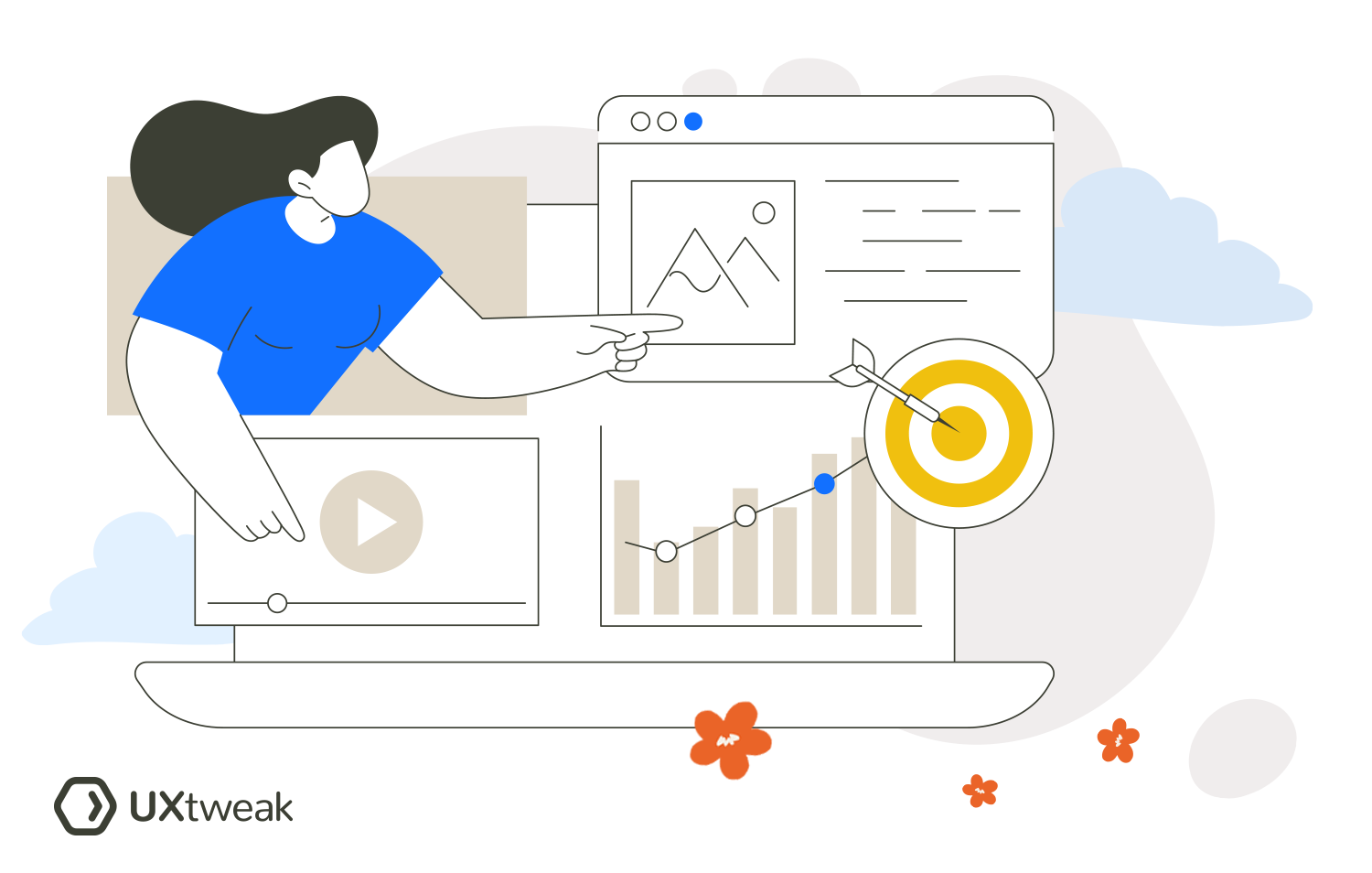
9. Rapid prototyping
Rapid prototyping provides a quick and easy way to test and evaluate multiple design solutions and their functionality. It involves creating a series of rough and ready prototypes that represent different parts or functionalities of a product. Speed is the key factor here.
Product teams use rapid prototyping to evaluate a wide range of ideas in a short time span and choose the ones that are worth working on in more detail. These are usually either paper prototypes or low-fidelity prototypes of specific solutions that the team wants to validate with users through Prototype Testing.
You can create those with either pen and paper or by using some of the popular prototyping and wireframing tools like Figma, Axure or Adobe XD.
10. Usability testing
Usability testing is the easiest and most effective way to test your product with users. It involves giving participants tasks to complete with your product and watching them do it. Usability tests allow you to get unique insights into how users interact with your product, what confuses them and what areas need improvement.
The best thing about this method is that you can conduct a usability test on almost any type of product. This includes: interactive prototypes of your designs, mobile apps, their demo versions, desktop and mobile websites. This means you can conduct usability tests throughout the whole product development process, pinpoint and fix issues as you go.
See how usability testing works in these demos 👇
11. A/B prototype testing
A/B testing is a UX research method in which you take two alternative designs of your web/app or other designs and pit them against each other to see which one performs better in the context of the user approaching a chosen problem.
In product discovery, when you get to the point when you have 2 main ideas of how your solution could look like, that’s the perfect time for an A/B test. A/B testing on Prototypes allows you to test both design versions with users and see which one performs better.
Learn more about how A/B testing on prototypes works in this video:
Wrapping up
And that’s a wrap on product discovery methods. There are, of course, more different techniques that are not as widely used and, therefore, are not included in this guide. However, these 11 methods should be more than enough to get you started on your product discovery journey!
Register for your UXtweak account and use it to help you with user research and usability testing throughout the process!




